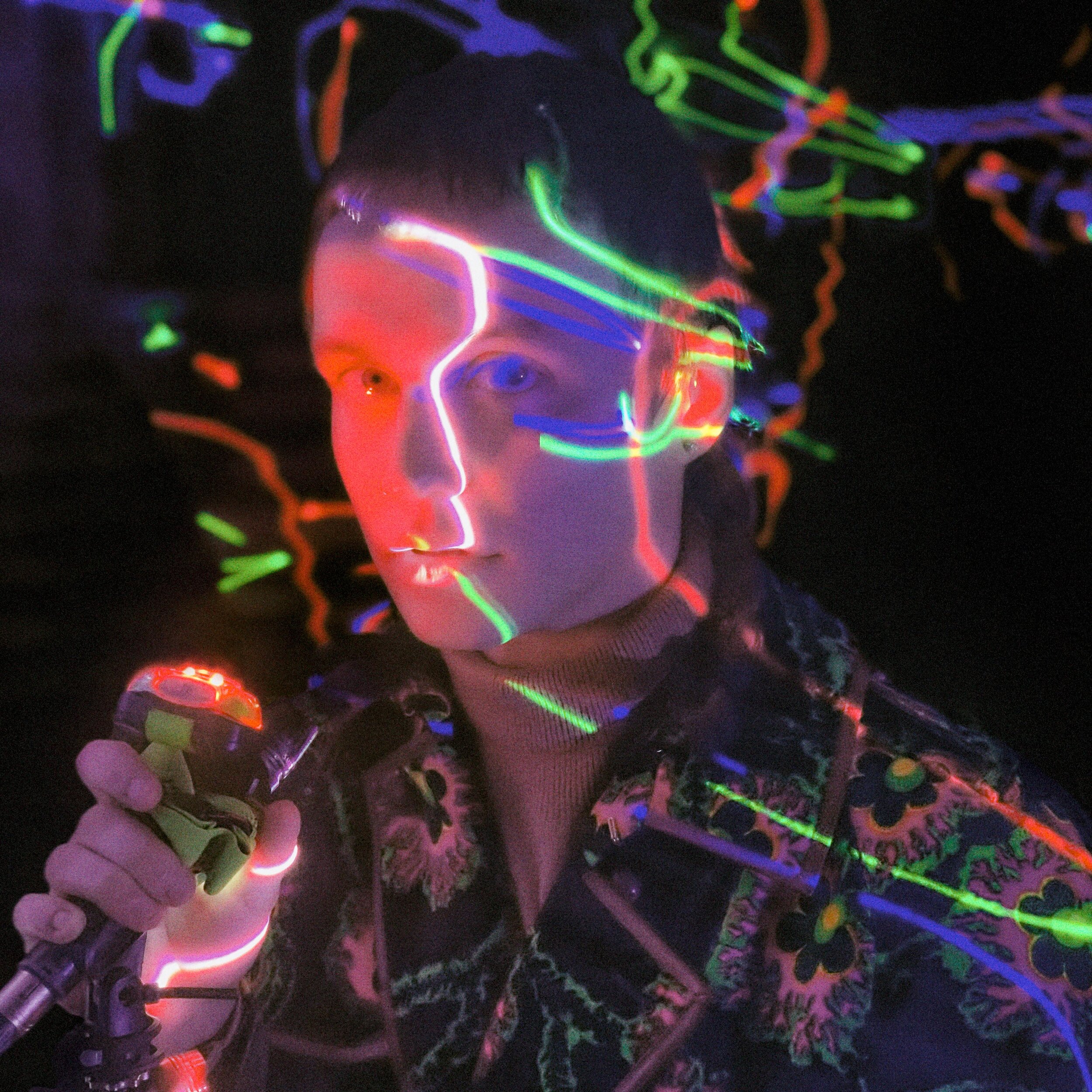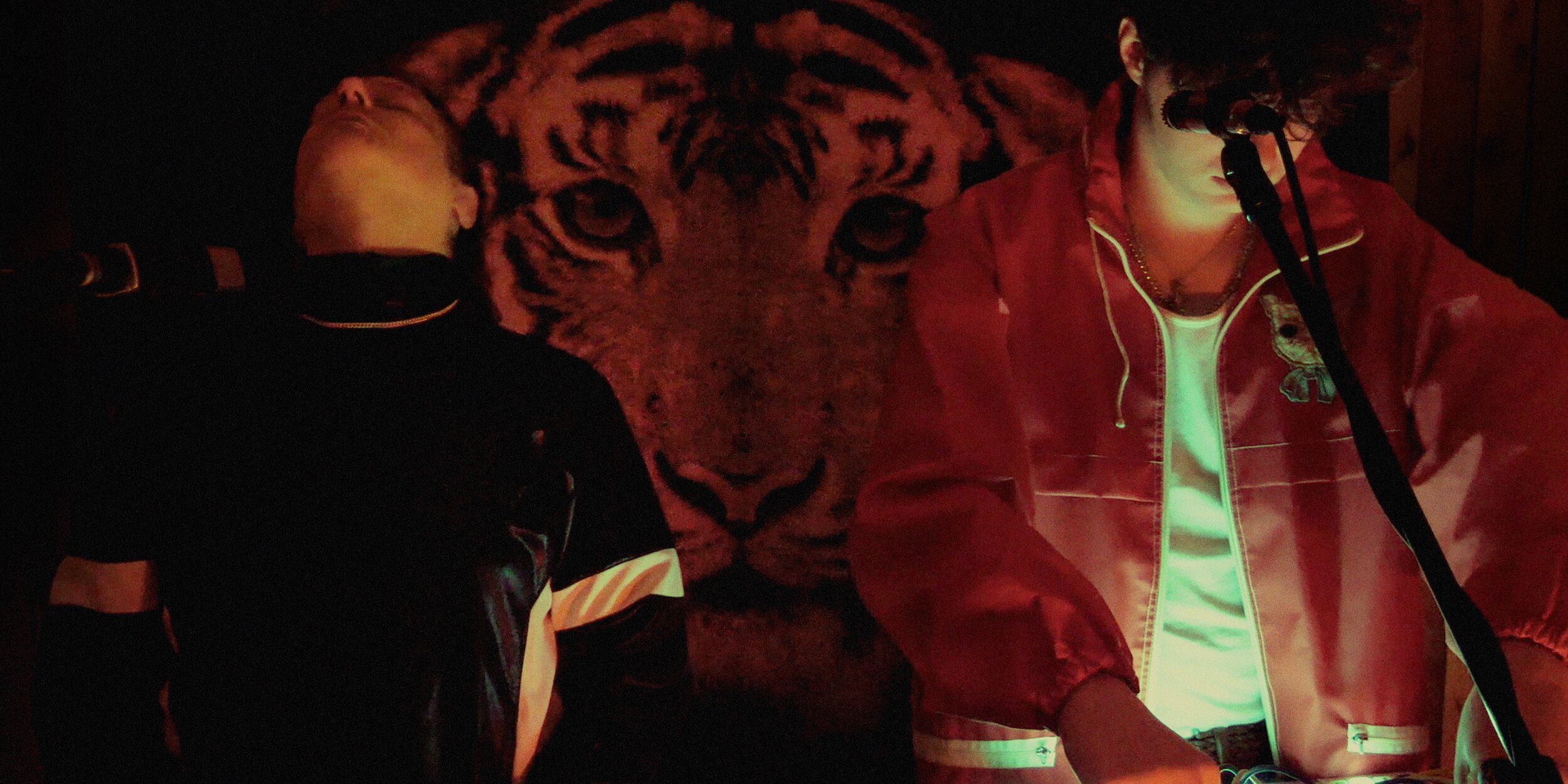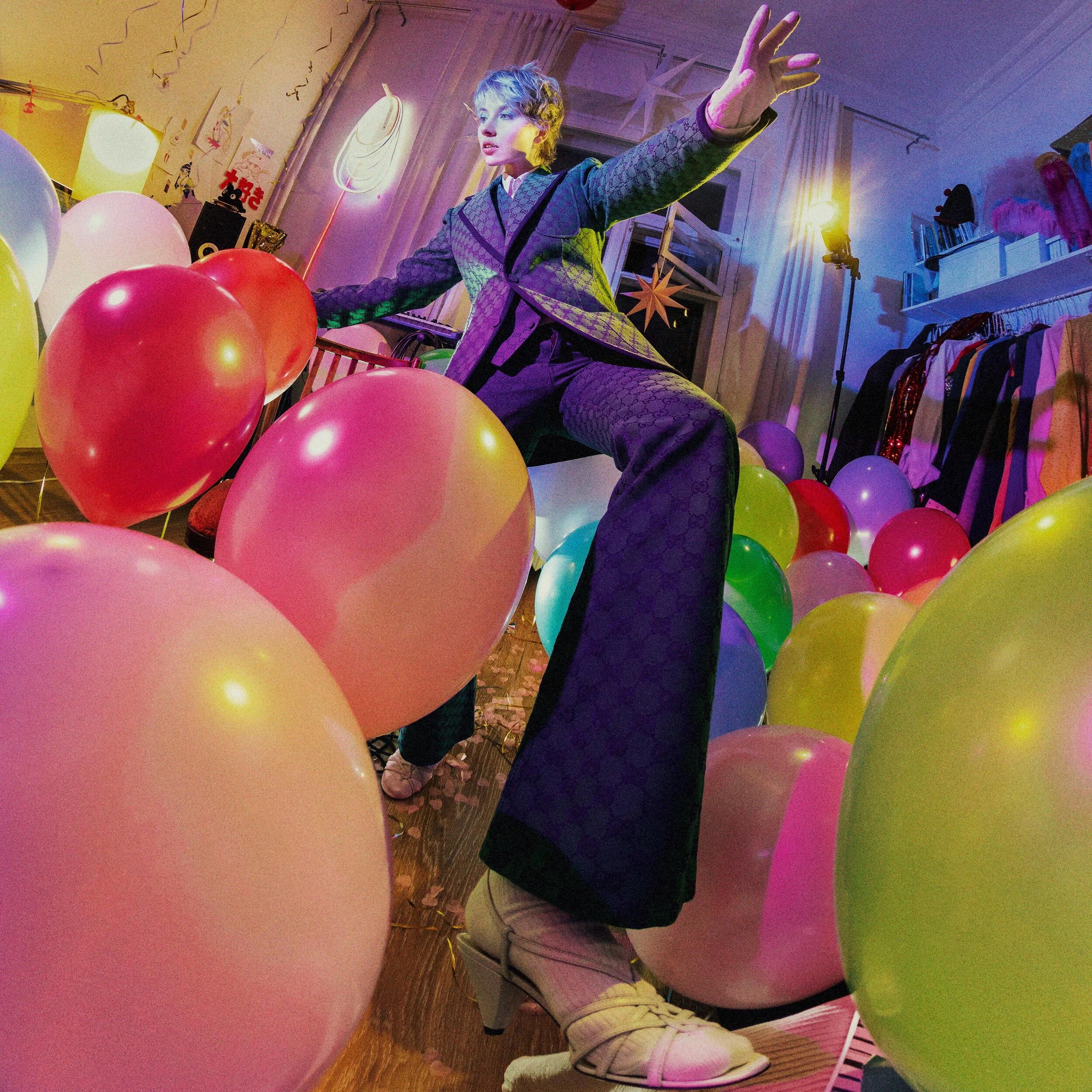SS22 Milan round up: Ed Buchanan on old guard vs. new guard.
September 11, 2021: Katie Grand made the announcement that I would take on the new responsibility of being the Milano Fashion Director for Perfect magazine. My first thought when we discussed this possibility was terror and, shortly after, panic. I consider myself a designer’s designer. My training has always guided me in the direction of creating garments as the central role in my creative process. I was now being asked to use my experience, knowledge, and taste in a way which I initially thought was counter to what I do. I have lived in Milano Italy for almost 25 years and have seen the slow and often tedious shifts in culture, conditions, and, most importantly, mentality. I am able to still stare into Milano as a foreigner, but at the same time I understand the totality of the country’s faulty areas, as well as relevance.
This spring summer 2022 season is my first season at Milano fashion week as an observer in a seat as apposed to working within the backstage chaos of button threads unraveling, stuffing a model into a shoe two sizes small, and feeling the joy as the final model walks off the runway. My curiosity was high and my expectations were even higher. What I took away from this introductory experience was even more unanticipated than expected.
Milano seems to be going through a changing of the guards of sorts. This northern Italian city has a clear history of being known as a central fashion Mecca of high power establishment. Young creatives often find themselves divided within the Italian fashion system that on one hand has the power to make or break their careers, but at the same time have often not created enough space and support for their talents to thrive. The selected few are rare but these creatives are the same lot of talent that will become the superstars of tomorrow and recruited to offer a fresh perspective to Historic Fashion Houses. The powerful establishment have the upper hand and the smaller brands are forced to exist within this system if they intend to survive.
Milano is showing clear signs of the shifting times.
My very first assignment was to interview Walter Chiapponi whom was appointed as Tod’s first creative director, in it’s120 year history, to be fully responsible for all categories of design. Walter is a seasoned designer with an A list curriculum working for brands such as Gucci and Miu Miu. I have known Walter for many years as we are both designers who reside in Milano, but this was the first opportunity I have had to talk creative process and snag an early scoop on what he would be showing later in the week. Walter finds himself as a part of a New guard of Milano based creatives at the helm of established houses alongside others like Francesco Risso leading Marni, Kim Jones at Fendi, with its base in Rome showing in Milano, Nicola Brognano at Blumarine, and Fausto Puglisi who was appointed one year ago to helm Roberto Cavalli. “Bravery, and honesty”, as described by Walter, is required to step into the position of taking part in the cultural and creative shift of a brand that has been a traditional part of the fabric of the Milanese wardrobe for years. As I glanced around the showroom when I walked in, The first thing that caught my eyes were some boots in bright colours that were covered In jewel-toned glitter (a fierce Bowie/punk hybrid ). The second detail I noted was on the elbows of a few bomber jackets in cream canvas with cognac leather trims where he utilised the sole of a Tod’s car shoe as patches. There was a clear and apparent respect for the codes of the brand while he made loud and clear that the innovation was moving forward. “Sustainability is fundamental,” he says, when asked how important the discussion of the environment is as a part of his vision. He commented that it was a long process which requires research, focus, and careful steps in order to assure that the effort is sincere.
Kim Jones had what seemed to be a busy and turbulent Milano season as he, along with Silvia Venturini Fendi and Delfina Delettrez Fendi, presented their Spring 2022 collection. A few days later he closed the Milano season with a collaborative collection between Donatella Versace of Versace and Fendi that had FENDACE dripping from everyone’s lips before the last supermodel swirled off the runway. This creative collaboration, which was conceived by way of friendship and admiration, speaks for the future and optimism of a new generation of designers that have admired the strong arms of the old guard, and are determined to show respect for those who made it possible for them to exist in the fashion space while also staying focused on moving the conversation forward.
“Italy is quite resistant to generational turnover, but still one cannot stop a new generation to emerge, because that is the cycle of life,” states journalist Angelo Flaccavento when asked his thoughts on the changing of the Milano Guard. This season, although still in an assumed phase of post pandemic, we were able to start to clearly see that the newbies are not all lining up to be appointed the next creative head of a brand, but are prepared to offer a new and intelligent perspective on independence that speaks for what is now and beyond. There were several highlights of design collectives and collections that are slowly emerging with confidence giving a wanted vitality to a thirsty system.
Morphine is the brainchild of the design collective composed of art director Macs Iotti, designer Tommy Vaiani, and manufacturer Martina Iotti. Morphine is a fashion and curated commerce platform which was founded in 2018. The brand was created by a team who all collectively found it urgent to give new life to what might be considered leftover or un-useful. Morphine Compendium 01: Pazzesca (FIERCE!) was the collective’s first foray in the Milano fashion circus by way of a one day presentation that was charged with innovation. “Morphine is based on a communal spirit“ with collaborations with local artisans creating hand knitted garments, ceramic wigs, and up-cycled denim. Macs Iotti says, “there is no new and no old guards. It is an ancestral timeless love affair, a renewed existence used to make responsibility and timelessness a new aesthetic proposition.” The collection is as eclectic as it is organised. Each piece is like a singular work of art. The mood is romantic in tonal hues from rose and beige to the precision of up-cycled denims and black. The wardrobe is crafted from collected pieces from discarded embroideries and dead stock fabrics collected all over Italy.
Mauro Simionato is the founder of the Milan-based knitwear brand Vitelli. Mauro started his first editions 5 years ago and officially formulated the brand in 2018. Like Morphine, Vitelli is created from using 100% regenerated materials and yarns. “Less waste, more cosmic” is the tag line on Instagram and is a conversation that many new creatives, such as Mauro, who are constantly asked what it means to be responsible, are tired of answering. Mauro commented while in conversation at his studio, "apparently, within the fashion system, emerging Milanese brands shall adapt to the city’s ‘charm’. Does it mean being inevitably bourgeoise is something to discuss?”
Italian journalist Angelo Flaccavento, who has always been charged with giving cultural currency to emerging projects internationally, says, “this season, this was particularly evident. There is a new guard doing its thing, and that is the opposite of traditionally safe Italian style. The names: Sunnei, ATXV, Vitelli, Marni’s Francesco Risso.”
For Mauro and Vitelli, as well as, other emerging brands such as Ssheena by Sabrina Mandelli, and sexy knitwear brand Andrea Adamo, it is also not a question of fitting into a new guard box, nor is it about being safe. Mauro and his team, which is naturally and possibly even more inclusive than the wonderful casting of his Milano show, intend on keeping it very real. Embraced by his friends and community, Vitelli transmitted the enchanting, boho, and multicultural reality that is an honest part of their/our Italy.
Delcore was founded in Milano by Gucci Alum Daniel Del Core last season - when we were all still under the guise that the world would soon open up. For Spring Summer Del Core showed his new collection in Palazzo Del Ghiaccio in an impressively luxe location and set. This backdrop of the collection involved fog machines and cobalt blue casted lighting on a glass panelled runway. The clothing flirted with whimsy in a backless dress with a small red floral pattern and pleated details flowing down the arms dragging on the runway, but there was also a hard contrast in which we felt in the screech of his soundtrack, and in his approach to tailoring, as well as the bold platform boots with contrast sculpted heels sometimes in metal. The curiosity you could smell as the biggest badasses of the international fashion set watched and witnessed a newcomer present a collection in the conventional style of many houses that have exited for years.
We shall not in any way dismiss the powerhouse brands that have built Milano fashion week to be a seasonal destination but are these brands still enough of a reason to travel to Italy each season searching for the next moment? Prada presented a brilliant lesson in collaboration with a collection where you could note, for the first time on a runway, the unified cross-cultural references of Miuccia Prada and Raf Simons. The exact same show was simultaneously showing in Shanghai which was on full display on screens surrounding the runways. The sensuality and discretion of the open back dresses and the chicness of the fine gauged and heavy sweaters with the underwired bust detail were standout details. British fashion house Jimmy choo presented a well heeled presentation in Palazzo Clerici in the center of Milano titled “Euphonic Glamour” where we saw some killer bright orange wellies. The display was set up in the courtyard with an array of accessories displayed on glass boxes that reflected the water beneath. The most inspiring aspect of this week was to be able to touch and feel the products being shown, and it was a treasure for me and Katie to be able to walk through the collection with the super charming Creative Director Sandra Choi, and CEO Hannah Colman who has worked for Jimmy Choo for 24 years.
Giorgio Armani is a staple whom remains a reference for many New Gen designers for his inventive history, his discretion and his consistency. Established brands that are often flushed with capital have the possibility to create elaborate presentations with front row celebrity power, and the most visible industry models working. Many of these brands have also shifted to working with newly established stylists and teams that can be considered a part of the new guard of creatives working today. Gucci is definitely one brand that got the memo after a few cultural mis steps. They celebrated the opening of Vault during fashion week, which is a new online concept store where Alessandro Michele has made a selection of things old and new available for immediate purchase online. The vintage pieces have been refurbished and customised by the Gucci team and as an extension of the vault concept, there was a selection of new designers such as Bianca Saunders from London, and Bed on Water by Shanel Campbell out of NYC that were able to sell their work on the platform in the way that suited their creative process.
Trussardi is another brand dusting off some historic residue. Benjamin Alexander Huseby and Serhat Isik - the Berlin-based creative duo and founders of GmbH were appointed in May 2021 as creative directors of Trussardi. While their Fall Winter debut is rapidly approaching, they had this to say regarding their newly adapted city. “There is definitely a shift happening in Milano and it’s both energetic and cultural. Finally, the discourse about the structural racism and the long time exclusion of BIPOC creatives is given the attention it deserves.“
The Milano fashion calendar has been void in large part for years of BIPOC creatives. Brands have seemingly embraced the idea and conversations when it comes to inclusivity regarding the model and what the public views from outside, but rarely what is behind closed doors. We can see, although still the minority, models of all shapes and sizes being celebrated on runways and in major fashion and commercial advertising campaigns in Italy, but we have still yet to see the system as a whole embrace the idea of true inclusivity. Afro fashion week was founded 6 years ago by Michelle Ngonmo with the idea in mind to address the lack of platforms and opportunities for diverse talents during fashion week. This year, Afro fashion week presented 12 new talents in two days exterior of the official Milano calendar in a curated space. With the support of British Vogue’s Edward Enninful and Visits by fashion royalty such as Naomi Campbell, Vogue USA’s Anna Wintour, Vogue Italia’s new director of content Francesca Ragazzi, Vogue America fashion director Virginia Smith, and stylist Gabriella Karefa-Johnson, after 6 years of hard and focused work, Ngonmo is slowly seeing a light at the end of the tunnel. During fashion week the cover of Italian Vogue presented, in an unprecedented and historic move - for the the very first time ever - 5 BIPOC women designers featured on the cover after being scouted by Ngonmo as a part of the WAMI we are made in Italy Initative which was founded by myself, Michelle Ngonmo and Creative director Stella Jean to mentor and battle the invisibility of these talents that exist in Italy.
The future is optimistic and there are generations of creatives that refuse to be questioned any further for why, and how, they display their creative process. Milano, although described by many as traditional, is a city being defined by forward-thinkers and innovative brands that are prepared to, by any means necessary, change the face of a system where the new and the old co-exist and have integral respect for the better good of the new multicultural Italy.









